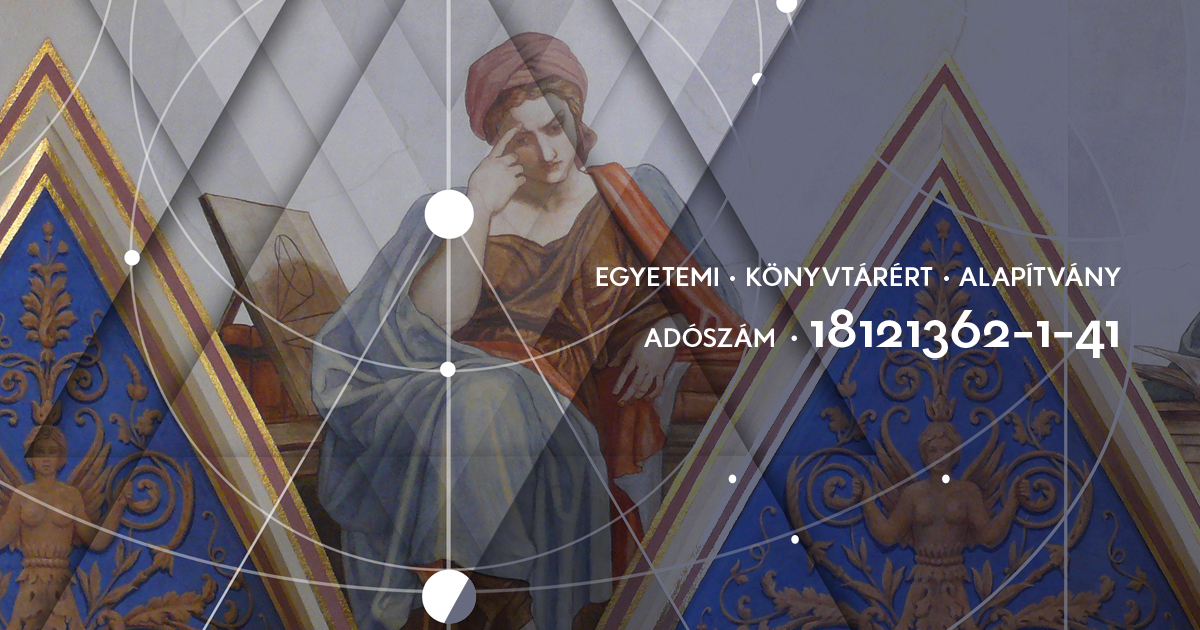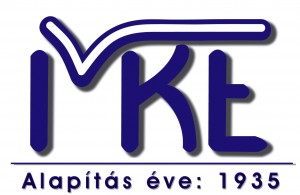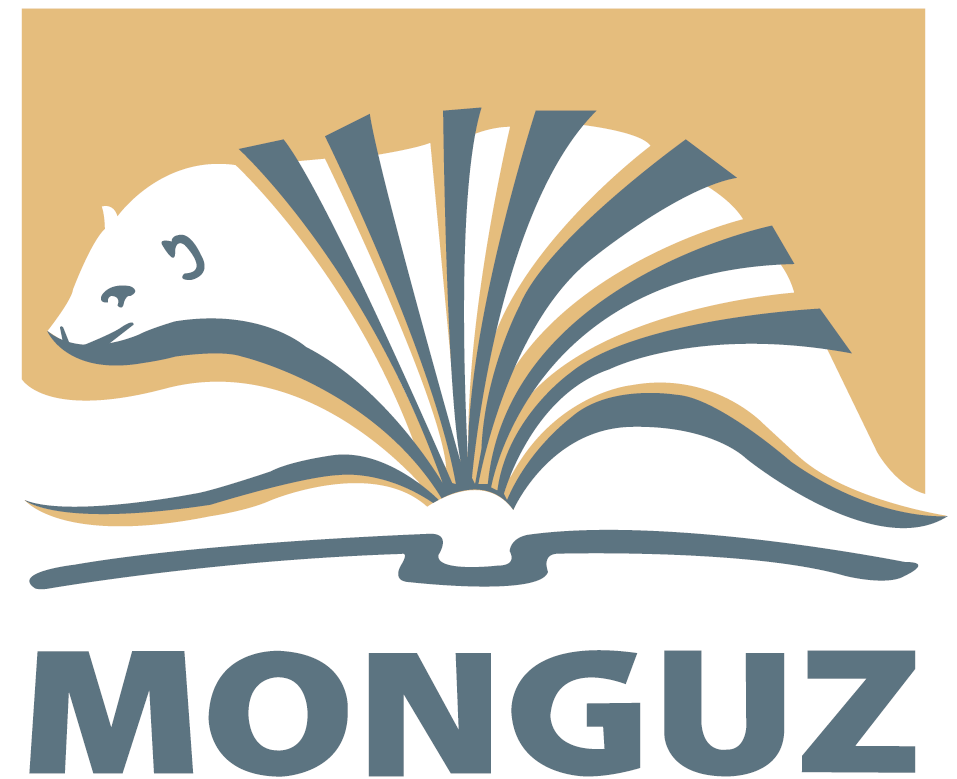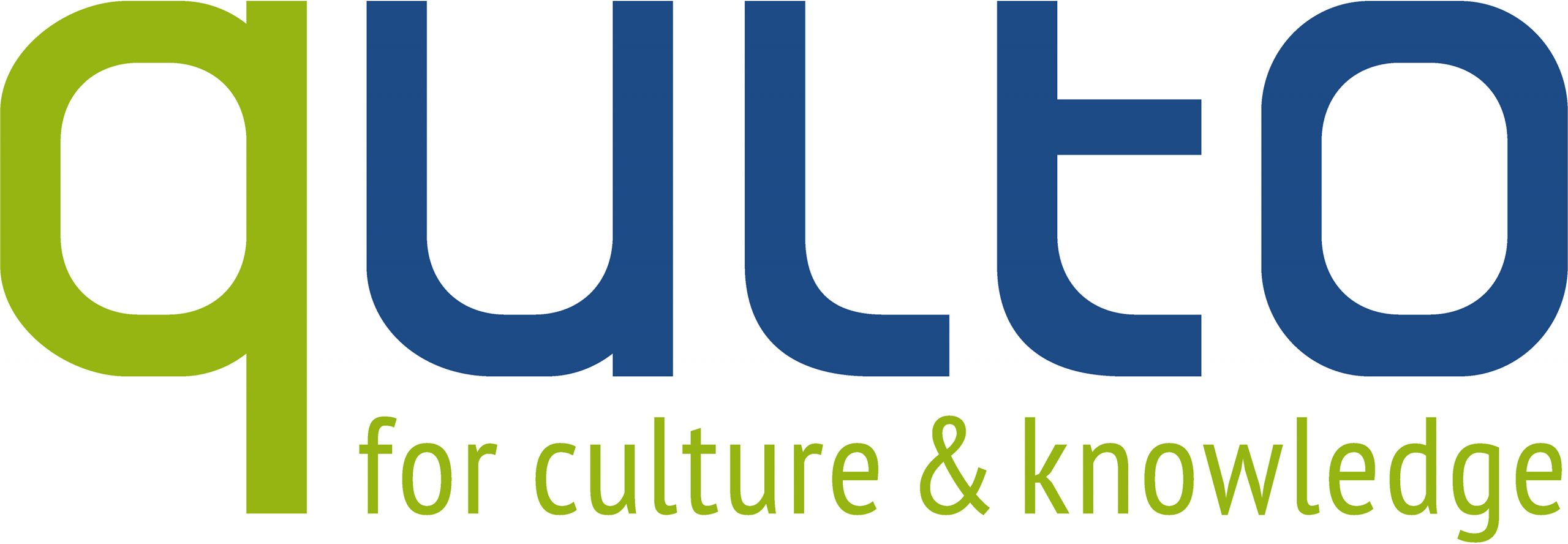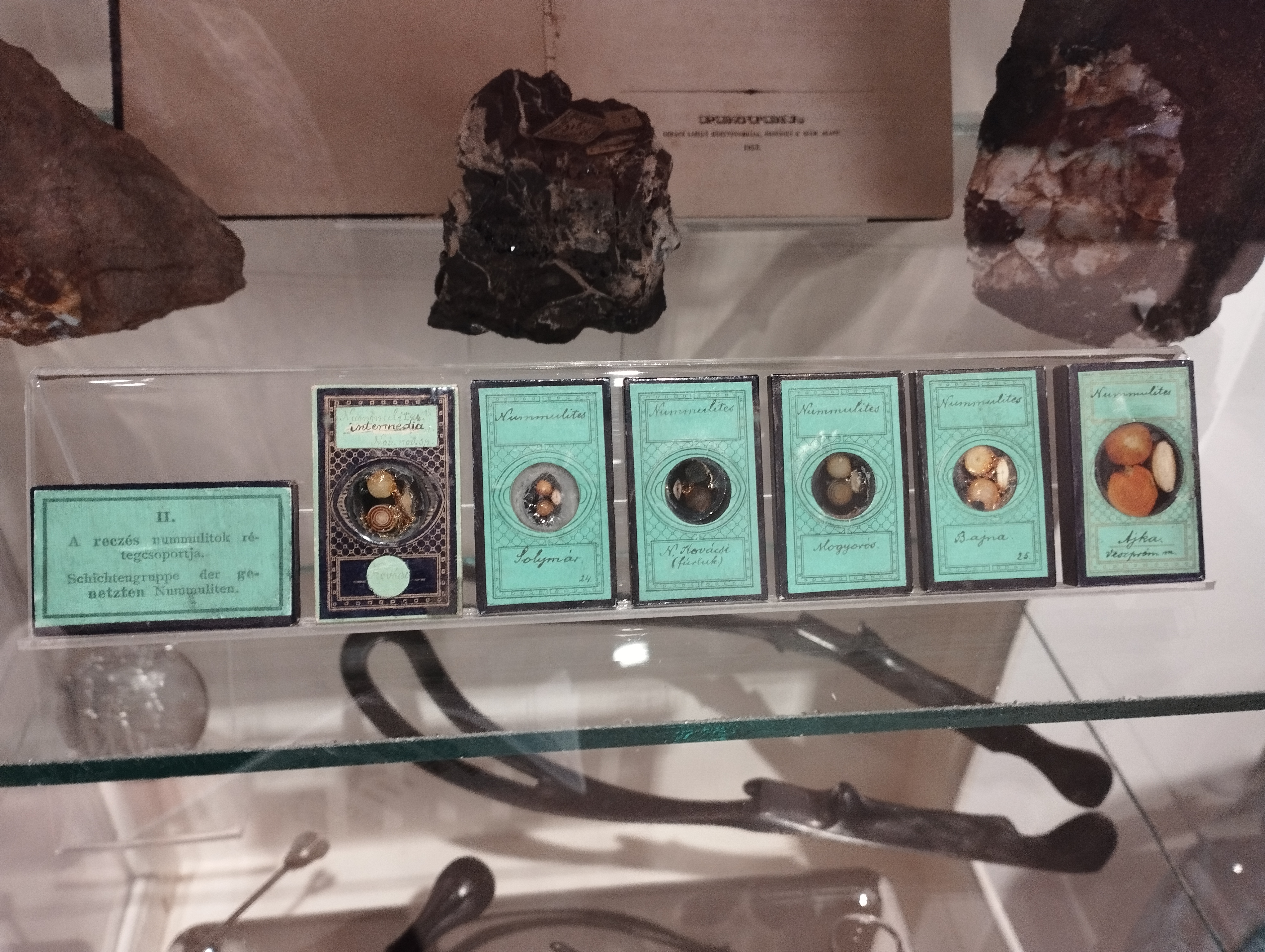Traditions and Challenges X. – The library conference at the ELTE University Library was a great success
On the 1st of September 2022, the ELTE University Library and Archives organised the tenth conference entitled Traditions and Challenges. This year's programme included presentations on the themes of Preserve, Protect, Serve and Preservation Practices in Higher Education Libraries.
The event was followed by a wide range of participants, with nearly 130 guests, practitioners, students and representatives of service partners attending our programmes. Annamária Gombos Dr. Kulcsár Szabó Ernőné, Director General of the ELTE University Library and Archives, and Dr. László Borhy, Rector of Eötvös Loránd University, welcomed the participants.
Following the opening speeches, Annamária Gombos Dr. Kulcsár Szabó Ernőné, Director General of the University Library, drew attention to the protection of public collections through the University Library and Lieutenant Colonel István Elekes shared his experiences from the perspective of investigative work. In his presentation, Dávid Rózsa, Director General of the National Széchényi Library, informed the professional audience about the defence tasks of the National Széchényi Library and the details of the action plan. Lieutenant Colonel Tünde Berek Havasné, Head of the Military History Library, gave a presentation on the topic of „Asset protection and information protection in the defence environment and in the Military History Library”. The morning plenary session was closed by Márton Endre Sándor, Public Procurement Officer from the Eötvös Loránd University, who presented the procurement issue in the light of the legislation.
Moderated by Katalin Keveházi (retired Director General of the Klebelsberg Kuno Library, University of Szeged), the afternoon session provided an insight into the work of Gábor Farkas (Committee on Cultural Goods) on the protection of cultural goods, and Pál Tömöry presented the collection and asset protection system at the Library and Information Centre of the Hungarian Academy of Sciences. Diána Horváth (OSZK) gave an overview of the workflow restructuring in the national library, and Tibor Frankovics presented the security systems of the Hungarian National Museum. Enikő Szabó Pergéné (DEENK) shared her experiences on the use of RFID. István Sipos (Softlink Ltd.) spoke about library stock protection supported by RFID devices, while Dániel Bedő (Tripont Foto Video Ltd.) presented the practical aspects of digitisation in the field of heritage protection.
The session on Acquisition Practices in Higher Education Libraries was moderated by Anikó Ézsaiás (BME OMIKK), during which Gábor Kiss presented the acquisition practices of the library network of the Hungarian University of Agricultural and Life Sciences, Szabolcs Hoczopán, Anita Nagy and Nikoletta Puskás of the Klebelsberg Library of the University of Szeged, and Tünde Székelyné Török of the ELTE libraries. Éva Csirmazné Rezi (OSZK) presented the application of the legal deposit law, and Frigyes Janzer (Prospero Könyvei Kft.) gave an insight into the experiences and good practices related to the acquisition of foreign printed books. Under the title „Rialto – One-stop-shop acquisition based on the Alma”, Éva Czeglédi (ProQuest) held a presentation on current developments, Tibor Gál, Director of the Directorate General for Public Procurement and Supply, spoke about the press product supply services, and Lőrinc Simon (Library Services Non-Profit Ltd.) offered a presentation on the support for stock accumulation.
Our guests had the opportunity to join a presentation of the restoration workshop of the ELTE University Library and Archives, a workshop of Tripont Foto Video Ltd. and a round table discussion with the invited service providers to conclude our programme.
The conference was supported by the Foundation for the University Library, the College of University Library Directors, the Social Sciences Section and the Academic and Specialised Library Section of the Hungarian Association of Librarians, ProQuest, Qulto, Softlink and Tripont. Abstracts of the presentations are available on our website. The ELTE University Library and Archives is planning to publish a conference volume on the 10th Professional Day „Traditions and Challenges”, which will also be available in electronic form in the ELTE EDIT repository.
